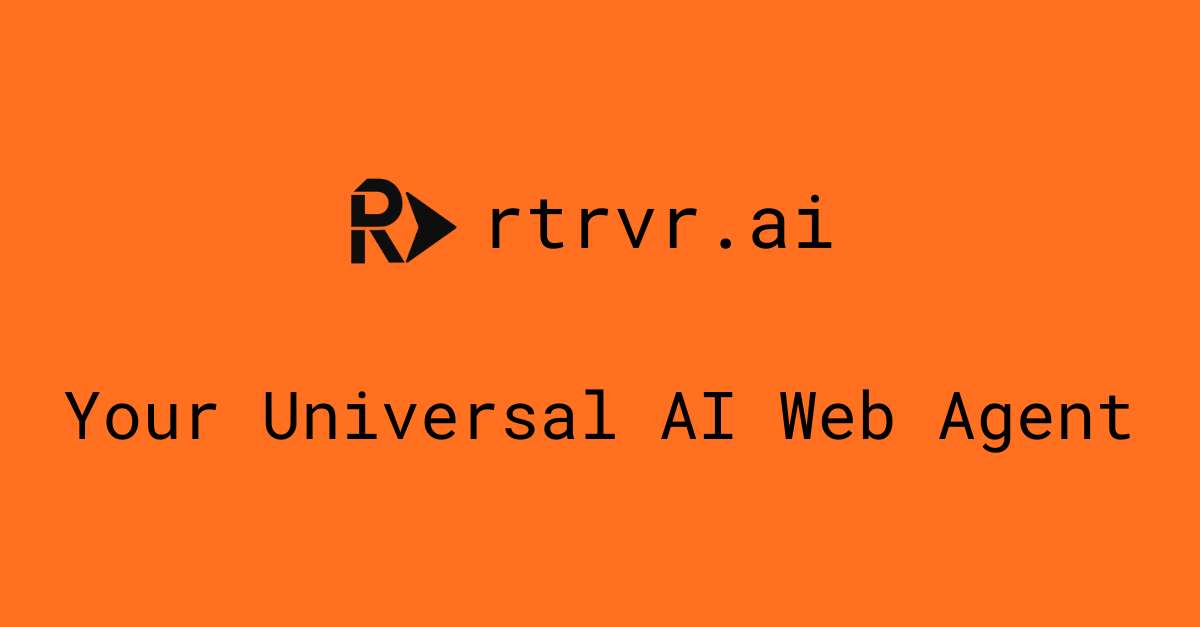Biomni: A Game-Changing Biomedical AI Agent
Biomni is a game-changing general-purpose biomedical AI agent capable of autonomously conducting a wide array of research tasks across various biomedical subfields. By integrating cutting-edge LLMs, retrieval-augmented planning, and code-based execution, Biomni significantly boosts research productivity and facilitates the generation of testable hypotheses. The open-source project actively solicits community contributions—new tools, datasets, software, benchmarks, and tutorials—to build Biomni-E2, a next-generation environment. Significant contributors will be recognized with co-authorship on publications in top-tier journals or conferences.


















